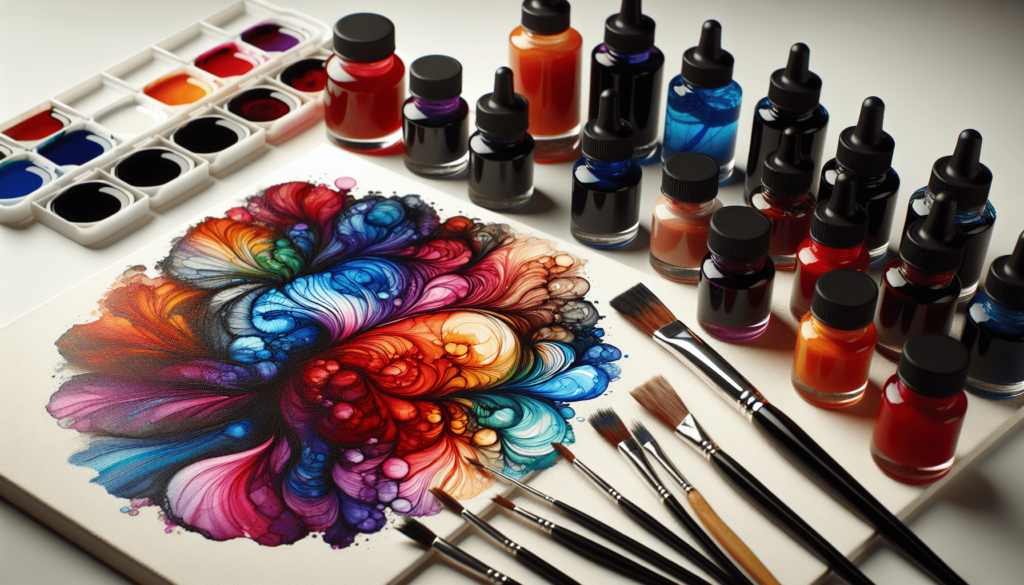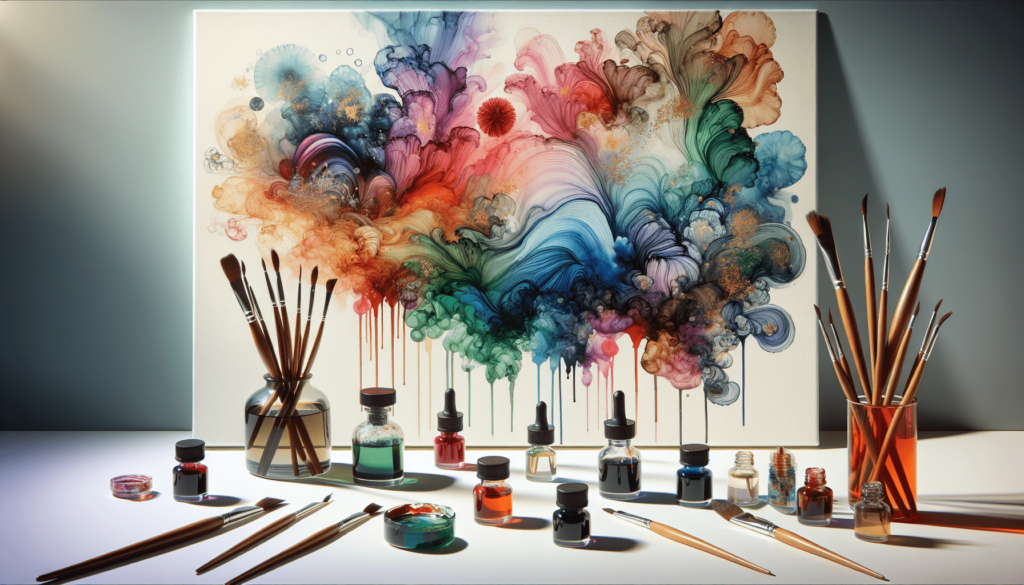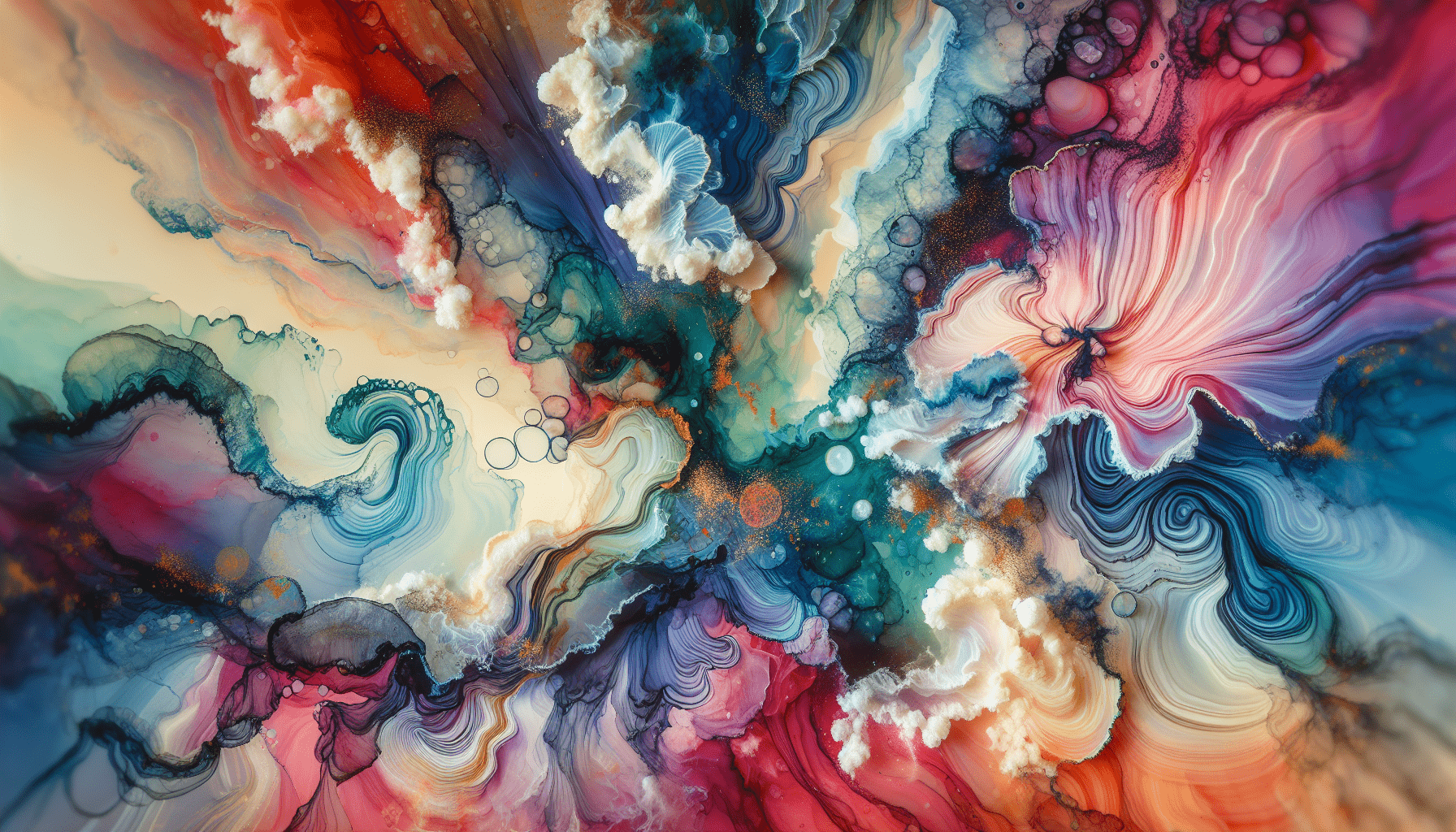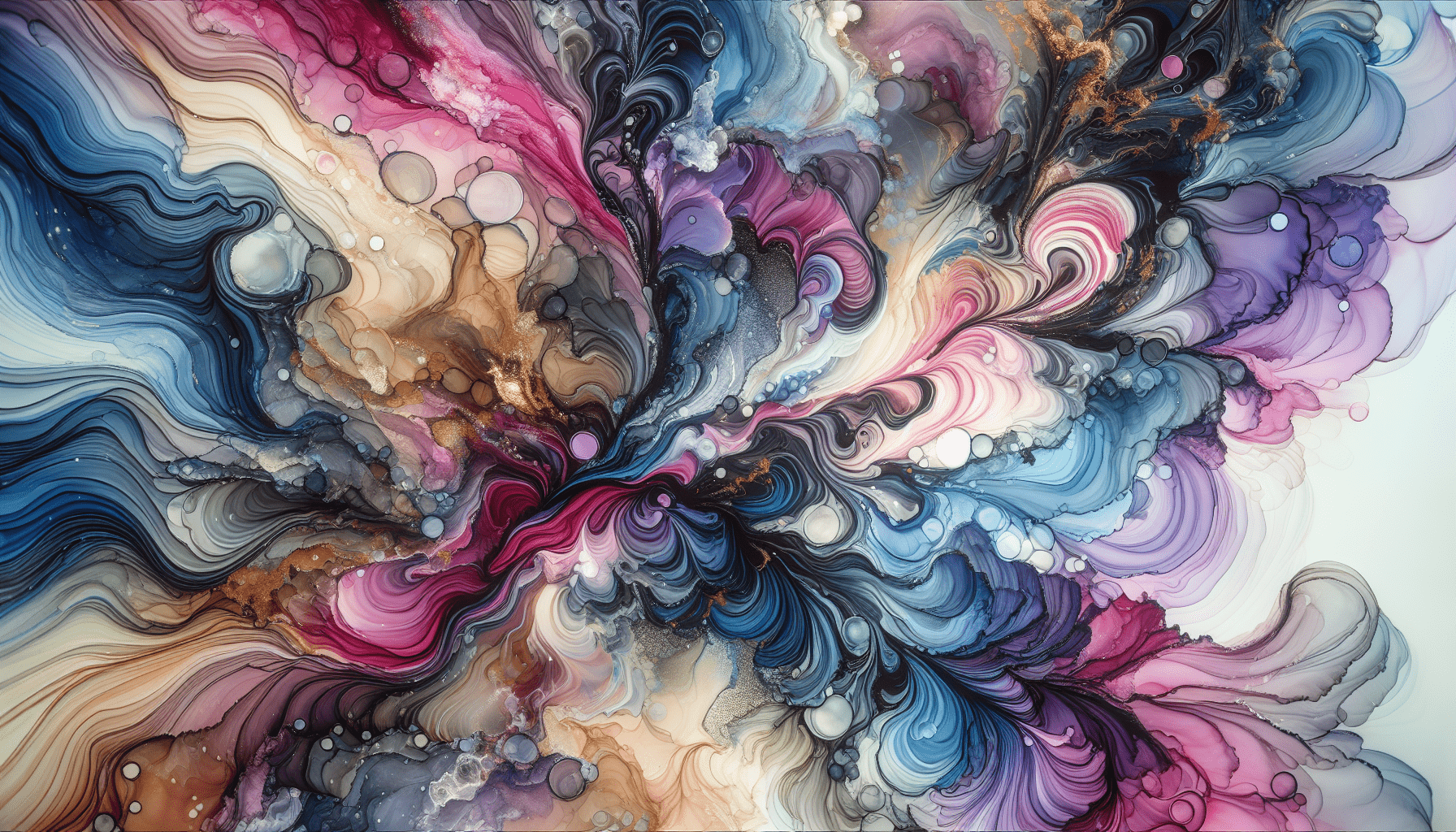Have you ever wondered why alcohol ink painting seems to come with such a hefty price tag? Delving into the world of alcohol ink art might reveal a colorful and abstract vortex of creativity, but transforming those vibrant visions into reality can often lead to unexpected costs. Understanding the intricacies behind alcohol ink painting helps illuminate why artists and consumers alike may find this medium to be an expensive venture.

Understanding Alcohol Ink Painting
To grasp why alcohol ink paintings can be costly, it’s crucial to understand the nature of this art form. Alcohol ink painting involves the use of alcohol-based dyes on non-porous surfaces. This medium allows for flowing, vivid designs with striking color dynamics, often resulting in pieces that are as unique as they are eye-catching.
What is Alcohol Ink?
Alcohol inks are highly pigmented and fast-drying dyes that are used to create colorful artwork on non-porous surfaces. The magic of alcohol ink lies in its unpredictability and vibrancy, which allows artists to cultivate distinctive and often unexpected textures and patterns.
The Unique Properties of Alcohol Inks
The properties of alcohol inks make them both alluring and challenging to work with. Their rapid drying time and ability to blend seamlessly provide remarkable advantages yet also present challenges that necessitate skill and precision.
The Role of Non-Porous Surfaces
Non-porous surfaces, such as Yupo paper, tiles, and even metals, are essential for alcohol ink paintings. These surfaces ensure the inks don’t absorb and spread uncontrollably, allowing for the characteristic vibrancy and intricate designs.
Cost of Materials
A significant factor influencing the price of alcohol ink paintings is the cost of materials. The necessary supplies can quickly add up, impacting both the artist’s pocket and the final price of the artwork.
High-Quality Inks
Investing in high-quality alcohol inks is non-negotiable for any serious artist. These inks provide the rich pigmentation and stability required for intricate designs, but they come at a premium price. Brands like Tim Holtz and Pinata are popular among artists, each bottle potentially costing upwards of $6-$7.
Specialized Paper and Surfaces
Alcohol inks demand non-porous surfaces to achieve the desired effect, with Yupo paper being a favorite. This synthetic paper is durable and allows inks to flow freely, yet it is significantly more costly than standard paper or canvas.
Additional Tools and Supplies
Beyond inks and surfaces, artists must invest in various ancillary tools, such as blending solutions, brushes, gloves, and sealers. These tools, while essential for successful ink manipulation and protection of the artwork, add further financial strain.
The Artist’s Expertise
Another element that contributes to the costing of alcohol ink paintings is the artist’s expertise. The art of wielding alcohol inks is one that requires experience, practice, and a distinct understanding of how the inks interact.
Artistic Skill and Vision
Creating a compelling alcohol ink piece goes beyond just technical ability; it requires an artistic vision and the flexibility to adapt to the inks’ unpredictable nature. This blend of skill and creativity is not easily acquired, often leading to higher prices for skilled artists who can master these paintings.
Time Investment
While alcohol inks dry quickly, creating a finished piece often demands many hours. Artists must spend time experimenting with color combinations, managing ink flow, and refining their techniques. This time investment is reflected in pricing, as artists justifiably seek compensation for their labor-intensive process.
Preservation and Longevity
The preservation of alcohol ink paintings is another factor influencing their price. Ensuring the longevity of a piece requires additional effort and expense, influencing the overall cost.
Sealing and Varnishing
To maintain their vibrancy and protect them from fading, alcohol ink artworks must be sealed with a UV-resistant varnish or resin. These materials add to production costs but are necessary for the durability and longevity of the artwork.
Framing Costs
Framing alcohol ink paintings not only enhances their aesthetic appeal but also offers protection. Customized, high-quality frames help preserve the artwork, adding another layer of cost to the final price of the piece.

Market Demand
The demand for alcohol ink paintings is another critical driving factor of their cost. The aesthetics of these paintings have captivated many collectors and art enthusiasts, pushing prices higher as demand exceeds supply.
Trends and Popularity
Current art trends significantly sway the value and cost of artistic mediums like alcohol ink. Its appeal comes from its vibrant, abstract nature, which aligns with modern art preferences, increasing its desirability and price.
Limited Editions and Originals
A significant number of alcohol ink pieces are limited editions or originals. This exclusivity elevates their value, as collectors are often willing to invest more in unique or rare artworks.
Conclusion
The expense associated with alcohol ink painting is not merely a function of inflated pricing; rather, it is a reflection of the high-quality materials, artistic expertise, and maintenance involved in producing and preserving these captivating works of art. Understanding these factors allows you to appreciate the inherent value and perhaps justify the cost of an alcohol ink painting the next time you encounter one.
Appreciating the multidimensional costs embedded in alcohol ink paintings can elevate your appreciation for this unique art form, revealing a complex tapestry of skill, artistry, and resource investment that transforms these vibrant visions into reality.



